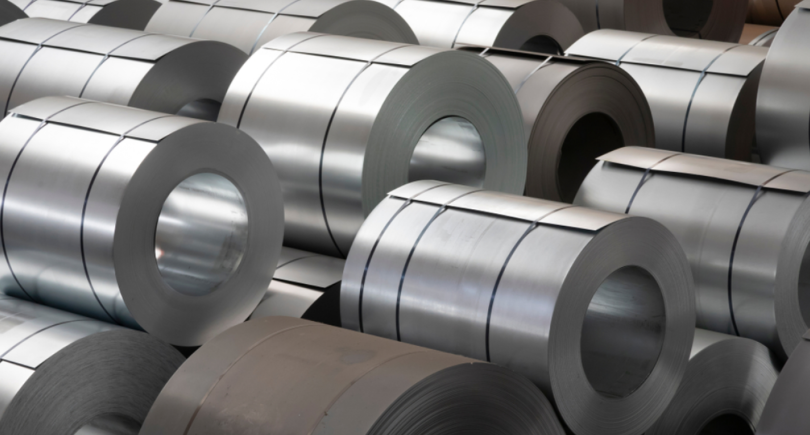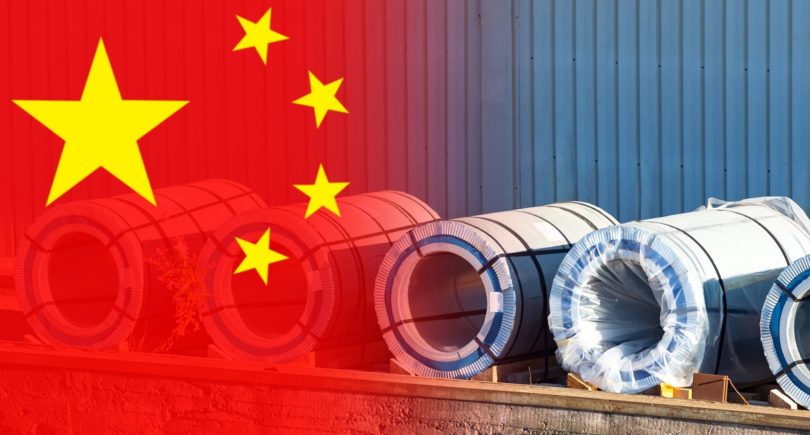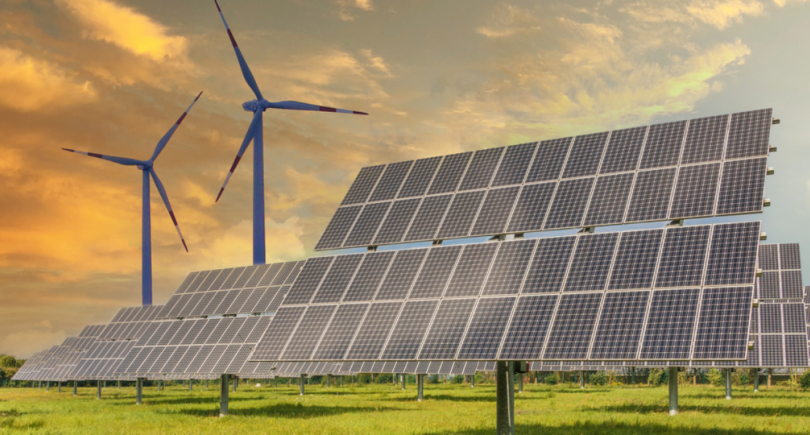
News Global Market China 3635 26 April 2024
The recovery of prices depends on the growth of construction activity in China and the need to replenish stocks
Asian iron ore markets are preparing for an uncertain second quarter. Spot prices for seaborne raw materials fell to an 11-month low in March, and their recovery depends on the growth of construction activity in China and demand for restocking, according to S&P Global.
In addition, market participants are concerned that iron ore prices will continue to decline throughout the year if steel prices fail to rise in April-June.
S&P Global analysts note that the seasonal rise in iron ore prices remains questionable, as there is little scope for recovery.
The Chinese iron ore market gained some momentum in January and early February amid expectations of restocking after the Lunar New Year and news of increased financial liquidity in Q1. Demand for steel in the manufacturing sector was also expected to grow. Iron ore stocks in Chinese ports at the end of March rose by 15% q/q – to a 13-month high of about 142 million tons.
However, the forecasts for the first half of the first quarter did not materialize, as demand in the steel market did not recover as quickly as expected. This led to excessive stocks of steel and ore at steel mills.
Indian producers of low-grade fines are likely to shift their focus to the domestic market in the second quarter as they find more favorable offers there. However, market prices for these products did not rise until March, and prices for Indian fines fell to December levels.
September iron ore futures, which are most traded on the Dalian Commodity Exchange, rose 1.5% in the period April 19-26, 2024, compared to the previous week to 884.5 yuan/t ($122.07), according to Reuters.
On the Singapore Exchange, quotes for May futures as of April 26, 2024, also increased by 1.5% compared to the price a week earlier – to $118.45/t.
According to analysts, the steady rise in port stocks has caused caution among investors, especially given that steel consumption will slow in May due to the rainy season in southern China.
Iron ore stocks in major Chinese ports, according to Mysteel, increased by 1.4% over the week (as of April 26) to 147.59 million tons.
«We expect prices to consolidate further ahead of the May holidays, but they may face downward pressure if steel demand in the construction sector exceeds expectations after the holiday break,» said Chu Xinli, Shanghai-based analyst at China Futures.
As GMK Center reported earlier, the seaborne coking coal market entered the Q2 2024 with signals of a decline in prices. This heightens fears that prices for premium products may fall below the lows reached in 2023.



